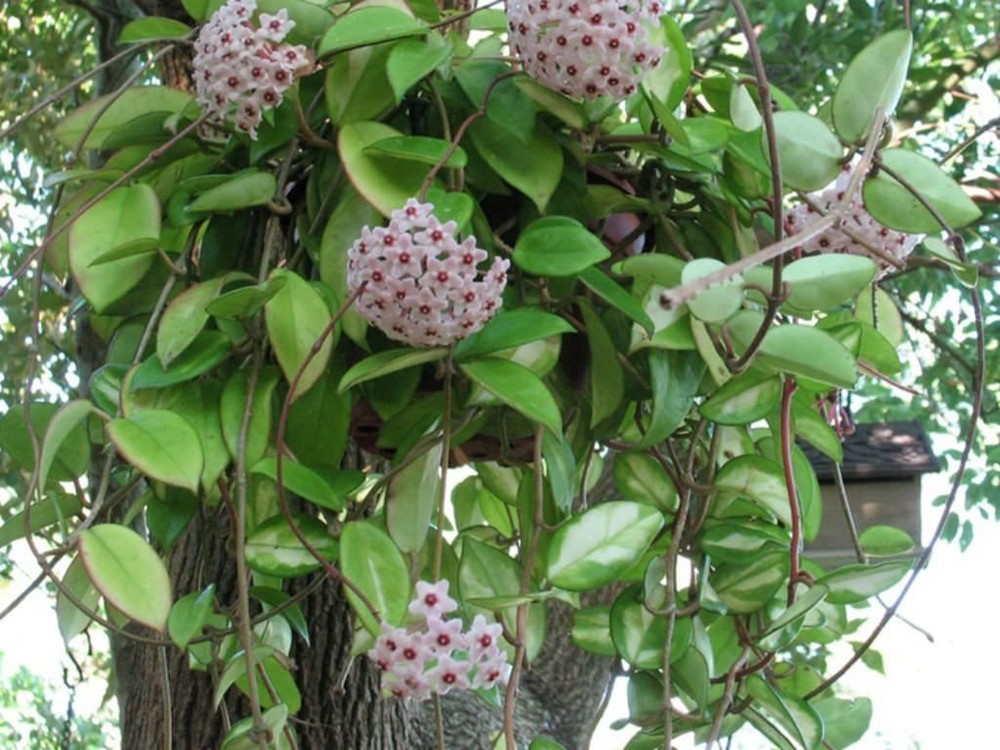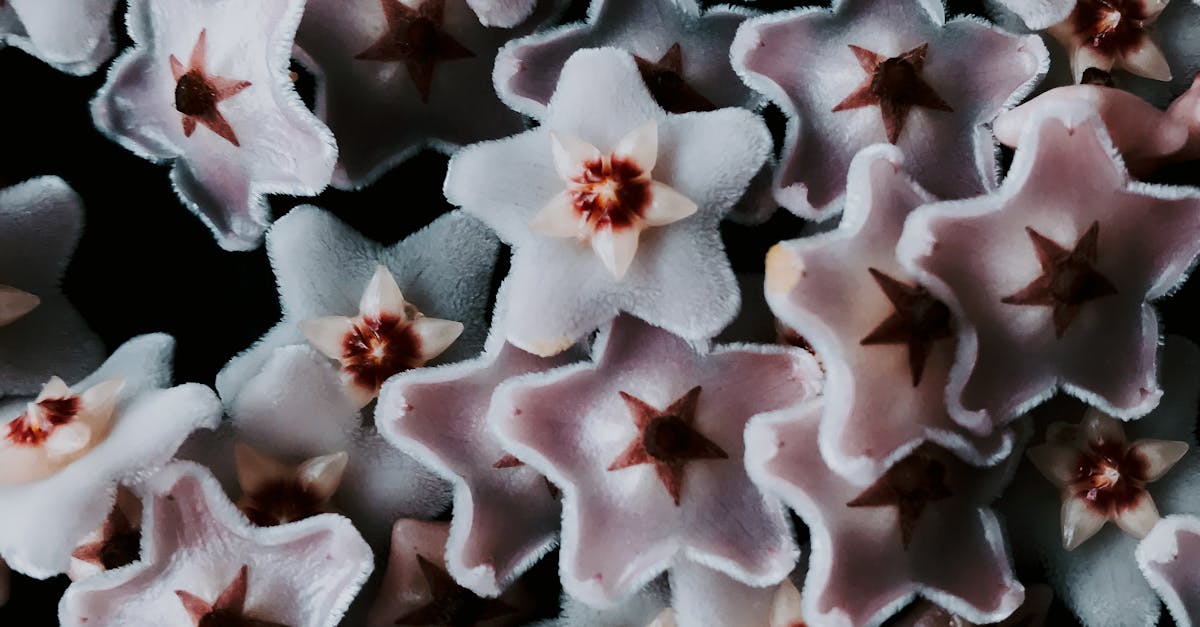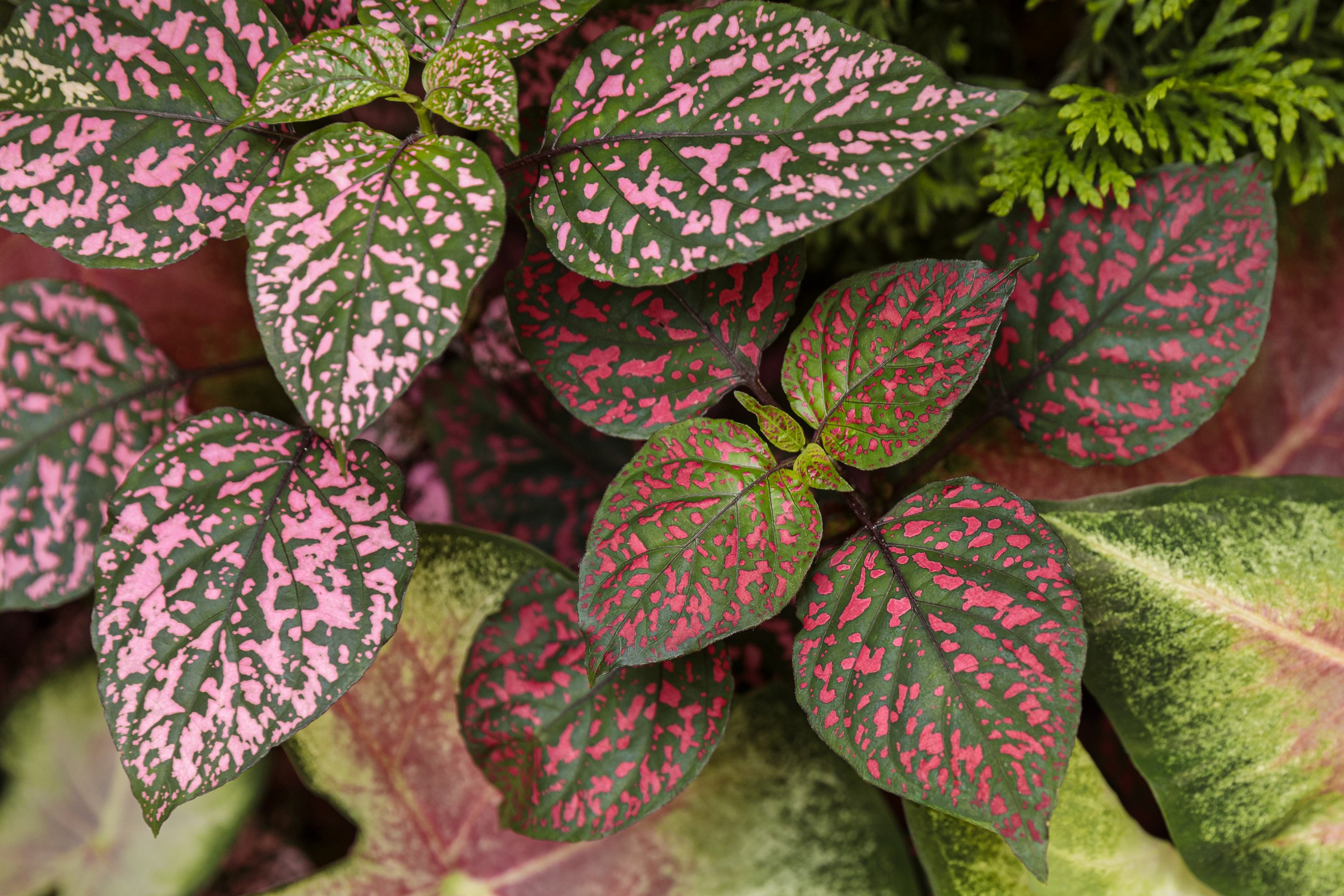How To Care For Hoya Carnosa (Hoya carnosa)
How to Care for Hoya Carnosa: A Detailed Guide
Hoya carnosa, commonly known as Wax Plant or Porcelain Flower, is a popular houseplant known for its thick, waxy leaves and fragrant, star-shaped flowers. Native to Southeast Asia and Australia, this plant is loved for its beautiful foliage and clusters of sweet-smelling blooms. Here’s a comprehensive guide to help you care for your Hoya carnosa and keep it thriving.
1. Light Requirements
Hoya carnosa thrives in bright, indirect light. It can tolerate some direct sunlight, especially in the morning or late afternoon, but too much direct sunlight can scorch the leaves. Place your plant near an east or west-facing window where it can receive filtered light. If you don’t have enough natural light, consider using fluorescent or LED grow lights to supplement.

2. Watering
Water your Hoya carnosa thoroughly when the top 1-2 inches of soil feels dry to the touch. Hoyas prefer to dry out slightly between waterings, as they are somewhat drought-tolerant. Overwatering can lead to root rot, so ensure the pot has drainage holes to allow excess water to escape. During the growing season (spring and summer), you may need to water more frequently. Reduce watering in the fall and winter when the plant’s growth slows.
3. Humidity
Hoya carnosa prefers moderate to high humidity levels, ideally between 40-60%. It can tolerate average indoor humidity but will benefit from higher humidity, especially during the dry winter months. Increase humidity by using a humidifier, placing the plant in a bathroom or kitchen where humidity is naturally higher, or regularly misting the leaves. Grouping plants together can also help raise the humidity level around them.
4. Temperature
Hoya carnosa thrives in temperatures between 60-85°F (16-29°C). It is sensitive to cold drafts and sudden temperature changes. Keep the plant away from windows or doors that may have cool drafts and from heating or air conditioning vents. Hoya carnosa can tolerate temperatures as low as 50°F (10°C) but should be protected from frost.
5. Soil and Potting
Hoya carnosa requires well-draining soil. A mix of orchid bark, perlite, and peat moss or coco coir works well. You can also use a cactus or succulent mix. Repotting should be done every 2-3 years or when the plant becomes root-bound, ideally in the spring. Choose a pot that is only slightly larger than the current one to avoid excess moisture retention.
6. Fertilizing
Feed your Hoya carnosa every 4-6 weeks during the growing season with a balanced, water-soluble fertilizer diluted to half strength. You can also use a fertilizer high in phosphorus to encourage blooming. Avoid fertilizing in the fall and winter months when the plant’s growth slows. Over-fertilizing can lead to a buildup of salts in the soil, which can harm the plant.
7. Pruning
Regular pruning helps maintain the plant’s shape and encourages bushier growth. Use clean, sharp scissors or pruning shears to trim back any leggy or overgrown stems. Pruning also helps improve air circulation around the plant. Remove any yellow or damaged leaves to keep the plant healthy. When pruning, always cut just above a leaf node to encourage new growth.

8. Propagation
Hoya carnosa is easy to propagate through stem cuttings:
- Stem Cuttings: Take a cutting with at least one node and a few leaves, and place it in water or a moist soil mix. If rooting in water, change the water every few days to prevent stagnation. Once roots develop, transfer the cutting to a pot with well-draining soil. Keep the new plant in a warm, humid environment until it establishes new growth.
9. Pest and Disease Management
Hoya carnosa can be susceptible to pests like spider mites, aphids, and mealybugs. Regularly inspect the plant for signs of pests, such as sticky residue, webbing, or visible insects. Treat infestations with insecticidal soap, neem oil, or by wiping the leaves with a damp cloth. Proper watering and good air circulation help prevent fungal and bacterial diseases. If you notice any signs of disease, such as black spots or yellowing leaves, remove the affected areas and adjust watering practices.
10. Encouraging Blooms
Hoya carnosa is known for its beautiful, fragrant flowers, but it can be finicky about blooming. To encourage blooming:
- Ensure the plant receives enough bright, indirect light.
- Avoid moving the plant once buds start to form, as this can cause them to drop.
- Keep the plant slightly root-bound, as this can stimulate blooming.
- Use a high-phosphorus fertilizer during the growing season to encourage flower production.
Conclusion
Hoya carnosa, with its attractive foliage and fragrant blooms, can be a stunning addition to your indoor garden. By providing the right light, moisture, and environment, you can enjoy the beauty and growth of this plant for years. Regular maintenance, including proper watering, fertilizing, and pruning, will ensure your Hoya carnosa remains healthy and vibrant. Whether you are a seasoned gardener or a beginner, Hoya carnosa offers a rewarding and visually captivating plant care experience.

—
**Lighting Requirements**
Hoya Carnosa plants thrive in bright, indirect light. Place your plant near a window where it can receive plenty of sunlight without being directly exposed to the harsh rays. Avoid placing it in an area with strong, direct sunlight as this can scorch the leaves.
**Watering Needs**
Water your Hoya Carnosa plant when the top inch of the soil feels dry to the touch. In the spring and summer months, water your plant more frequently as it is actively growing. During the fall and winter, reduce the frequency of watering as the plant goes dormant.
**Humidity Levels**
Hoya Carnosa plants prefer higher humidity levels, so misting the leaves regularly can help keep them happy and healthy. You can also place a humidifier near the plant or place a tray of water nearby to increase the humidity levels.
**Temperature Requirements**
Hoya Carnosa plants do well in average room temperatures between 60-80°F (15-27°C). They do not tolerate extreme cold temperatures and should be protected from drafts during the winter months.
**Soil and Fertilization**
Use a well-draining potting mix for your Hoya Carnosa plant to prevent waterlogged soil. Fertilize your plant during the growing season with a balanced liquid fertilizer to encourage healthy growth and blooming.
**Pruning and Propagation**
Prune your Hoya Carnosa plant to promote bushier growth and remove any leggy or yellowing stems. You can also propagate your plant by taking stem cuttings and rooting them in water or moist soil.
**Pest and Disease Control**
Keep an eye out for common pests such as mealybugs, spider mites, and scale insects, which can infest Hoya Carnosa plants. Treat infestations promptly with insecticidal soap or neem oil. Ensure good air circulation around the plant to prevent fungal diseases.
**Enjoying Your Hoya Carnosa**
With proper care and attention, your Hoya Carnosa plant will reward you with beautiful clusters of star-shaped flowers throughout the year. These fragrant blooms can last for several weeks, brightening up your home with their unique beauty.
According to a recent survey, Hoya Carnosa (Hoya carnosa) is one of the most popular houseplants among plant enthusiasts, thanks to its easy care requirements and stunning flowers.






